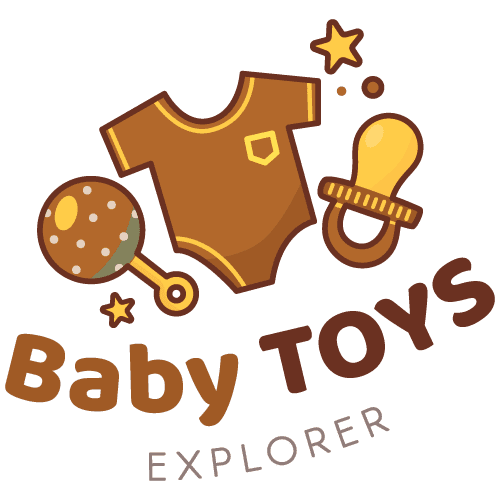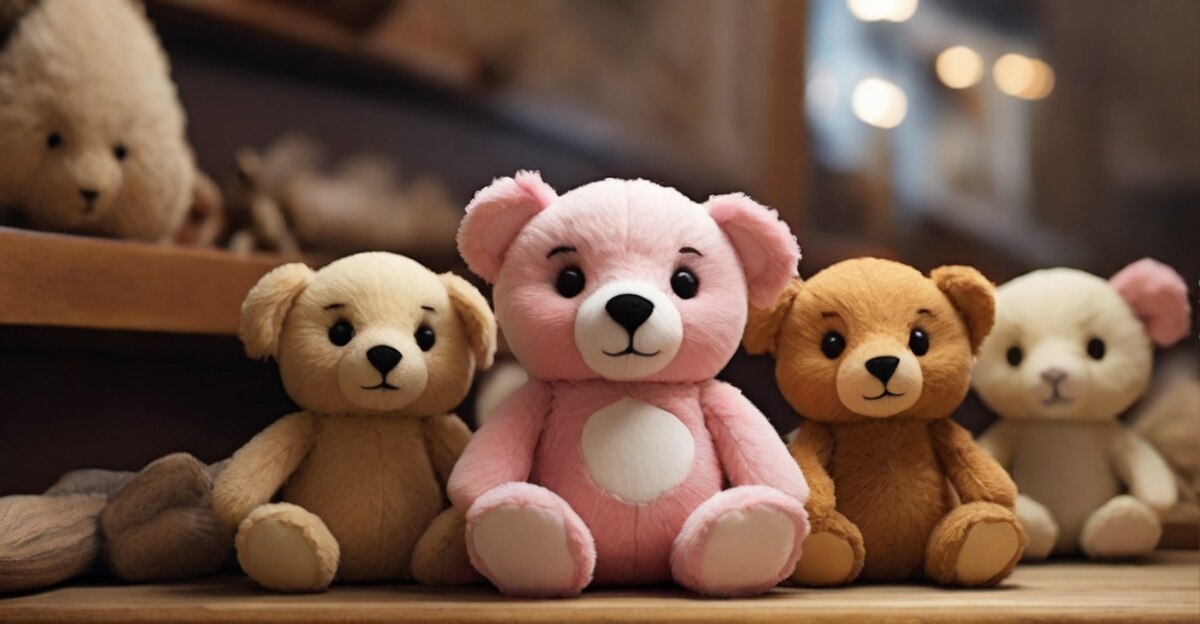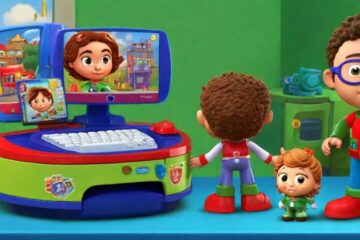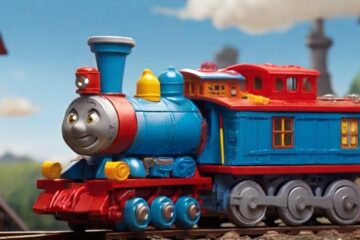Plush toys are soft and cuddly toys. They look like animals, cartoon characters, or other creatures. But what are plush toys made of, and how are they different from stuffed animals?
The History of Plush Toys
The word “plush” means “soft,” “cuddly,” or “luxurious.” It was first used for bedding, such as quilts and beds. Later, it was used for clothing and furnishings.
The first plush toys were made of felt, velvet, mohair, or other natural fibers. They were filled with straw, hay, or sawdust. The Steiff Company of Germany made them popular in the late 1800s. They made the teddy bear in 1902. The teddy bear was named after US President Theodore Roosevelt. He did not want to shoot a bear cub on a hunting trip.
Since then, these toys have changed a lot. They use many other types of materials, designs, and characters. Some of the most famous plush toys are Winnie the Pooh, Mickey Mouse, Hello Kitty, and Pokemon.
The Materials of Plush Toys
Those toys are usually made of synthetic fabrics, such as polyester, nylon, acrylic, or rayon. These fabrics are soft, strong, and easy to wash. They can also have different colors and patterns. Some plush toys may also have faux fur. This is a synthetic fabric that looks and feels like animal fur.
The Fabrics of Plush Toys
The fabric of the plush toy is the outer layer that covers the toy. They give the toy its appearance and texture. Many types of synthetic fabrics are used to make plush toys, such as:
- Polyester: This is the most common fabric for plush toy. It is cheap, durable, and easy to clean. It can also be dyed or printed with various colors and patterns. However, it can also be flammable, prone to pilling, and not very breathable.
- Nylon: This is another common fabric for the plush toy. It is strong, elastic, and resistant to abrasion and insects. It can also be blended with other fabrics to improve their qualities. However, it can also be expensive, sensitive to heat, and not very eco-friendly.
- Acrylic: This is a fabric that mimics the look and feel of wool. It is warm, soft, and lightweight. It can also be dyed or printed with various colors and patterns. However, it can also be flammable, prone to pilling, and not very durable.
- Rayon: This is a fabric that is made from cellulose, a natural material from plants. It is smooth, silky, and absorbent. It can also be dyed or printed with various colors and patterns. However, it can also be expensive, prone to wrinkling, and not very strong.
The Stuffing of Plush Toys
The stuffing of a plush toy is the inner layer that fills the toy. It gives the toy its shape and feel. Many materials are used to stuff plush toys, such as:
- Polyester fiber: This is the most common stuffing for the plush toy. It is cheap, fluffy, and lightweight. It can also be hypoallergenic and resistant to mold and dust mites. However, it can also be flammable, prone to clumping, and not very eco-friendly.
- Cotton: This is a natural stuffing for plush toys. It is soft, breathable, and absorbent. It can also be organic and eco-friendly. However, it can also be expensive, prone to shrinking, and susceptible to mold and dust mites.
- Wool: This is another natural stuffing for plush toys. It is warm, soft, and elastic. It can also be organic and eco-friendly. However, it can also be expensive, prone to felting, and allergic to some people.
- Kapok fibers: These are natural fibers from the seed pods of the Kapok tree. They are soft, fluffy, and lightweight. They can also be hypoallergenic and eco-friendly. However, they can also be expensive, prone to clumping, and not very durable.
The Pellets or Beans of Plush Toys
The pellets or beans of plush toys are small pieces of plastic that are sometimes added to these toys to give them more weight and texture. They can also make sounds when the toy is shaken or squeezed. Different kinds of plastics are used to make pellets or beans, such as:
- Polypropylene: This is a plastic that is strong, flexible, and resistant to heat and chemicals. It can also be recycled and eco-friendly. However, it can also be flammable, prone to cracking, and not very biodegradable.
- Polystyrene: This is a plastic that is hard, clear, and lightweight. It can also be cheap and easy to mold. However, it can also be flammable, brittle, and not very eco-friendly.
- PVC: This is a plastic that is soft, flexible, and durable. It can also be cheap and easy to mold. However, it can also be flammable, toxic, and not very eco-friendly.
The Accessories of Plush Toys
The accessories of plush toys are the other materials that are used to add details and features to toys, such as:
- Plastic or glass eyes, noses, buttons, zippers, ribbons, or other accessories: These make the toy more realistic and fun. They can also have different colors and shapes. However, they can also be dangerous for young children. They may choke on them or swallow them. So, it is important to check the safety standards and labels of plush toy before buying or giving them to children.
The Benefits of Plush Toys
Those toys are not only fun and cute, but they can also have many benefits for children and adults. Some of the benefits are:
- These toys can make children feel safe and happy. They can help them when they are away from their parents or caregivers. They can also help them deal with stress, anxiety, or loneliness.
- Those toys can make children more imaginative and creative. They can make stories and play with their plush friends. They can also improve their language and communication skills by talking to their plush toy.
- Plush toys can make children more caring and kind. They can learn to take care of and share with their plush toy. They can also express their feelings and emotions to their plush toy.
- Toys can teach children new things. They can introduce them to different animals, cultures, or ideas. They can also help them learn and practice their cognitive and motor skills by playing with their toys.
- Plush toys can make adults feel better and relaxed. They can reduce stress, anxiety, or depression. They can also improve their mood and well-being by cuddling or hugging their toys.
FAQs About What Are Plush Toys Made of
What are the most common materials used in making plush toy?
Plush toys are typically made from synthetic fabrics like polyester, nylon, acrylic, or rayon. These materials are chosen for their softness, durability, and ease of maintenance.
Are there eco-friendly options for stuffing in plush toy?
Yes, some eco-friendly stuffing options include polyester fiber made from recycled materials, organic cotton, and kapok fibers sourced from the seed pods of the kapok tree.
What safety considerations should I keep in mind when buying plush toys for children?
Ensure that plush toys meet safety standards, especially for accessories like eyes, noses, and buttons. Avoid small parts that could pose a choking hazard and check for age-appropriate labels.
Can a plush toy be washed, and if so, what is the recommended method?
Many Toys can be washed. Check the care instructions on the label, but in general, using a gentle cycle and mild detergent or spot cleaning is advisable to maintain their quality.
How do plush toys contribute to child development?
Plush toys can foster imagination, creativity, and emotional expression in children. They often become companions, helping children feel safe and aiding in the development of social and cognitive skills.
Are there sustainable practices in the plush toy industry?
Some manufacturers are adopting sustainable practices, such as using recycled materials, reducing packaging waste, and exploring biodegradable options. Look for eco-friendly certifications when choosing a plush toy.
Can plush toys be recycled?
The recyclability of the plush toy depends on the materials used. Synthetic fabrics like polyester may not be easily recyclable, but efforts are being made to find more sustainable solutions in the industry.
The Conclusion
Plush toys are more than just toy. They are soft and cuddly friends that can make people happy and comfortable. They are also made of various materials that give them different features. Toys can have many benefits for the growth and health of children and adults. So, plush toys are not only a great gift, but also a great friend.




